This Collection provides updated research from the “Biodegradation of Materials 2023″ Collection.
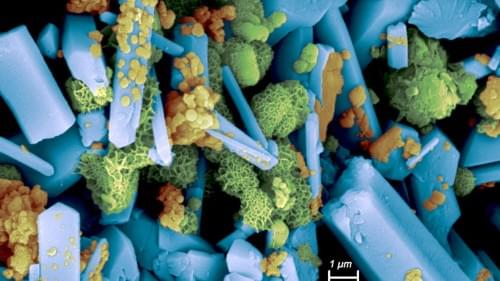


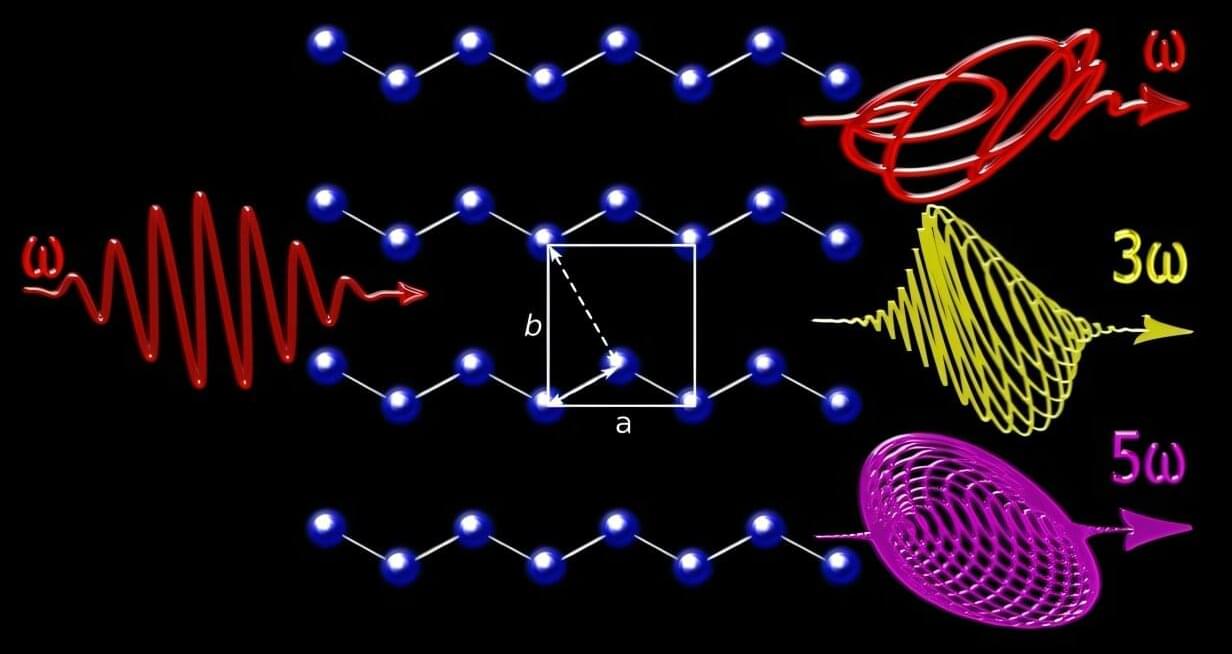
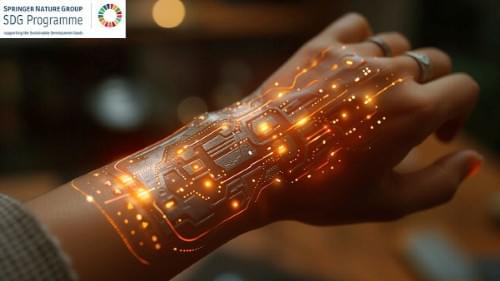
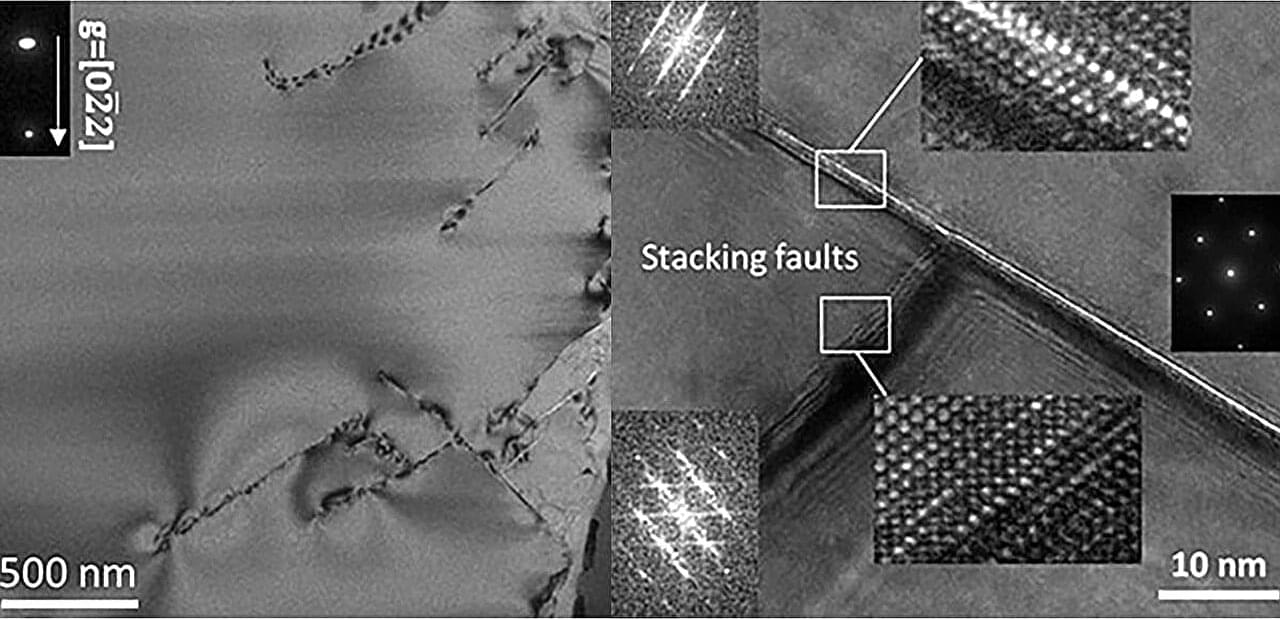
Scientists at the University of California San Diego have uncovered how diamond—the material used to encase fuel for fusion experiments at the National Ignition Facility (NIF) in Lawrence Livermore National Laboratory—can develop tiny structural flaws that may limit fusion performance.
At the NIF, powerful lasers compress diamond capsules filled with deuterium and tritium to the extreme pressures needed for nuclear fusion. This process must be perfectly symmetrical to achieve maximum energy output.
By using a high-power pulsed laser to simulate these extreme conditions, researchers found that diamonds can form a series of defects, ranging from subtle crystal distortions to narrow zones of complete disorder, or amorphization. These imperfections can disrupt the implosion symmetry, which in turn can reduce energy yield or even prevent ignition.

Machine learning interatomic potentials (MLIPs) have become an essential tool to enable long-time scale simulations of materials and molecules at unprecedented accuracies. The aim of this collection is to showcase cutting-edge developments in MLIP architectures, data generation techniques, and innovative sampling methods that push the boundaries of accuracy, efficiency, and applicability in atomic-scale simulations.
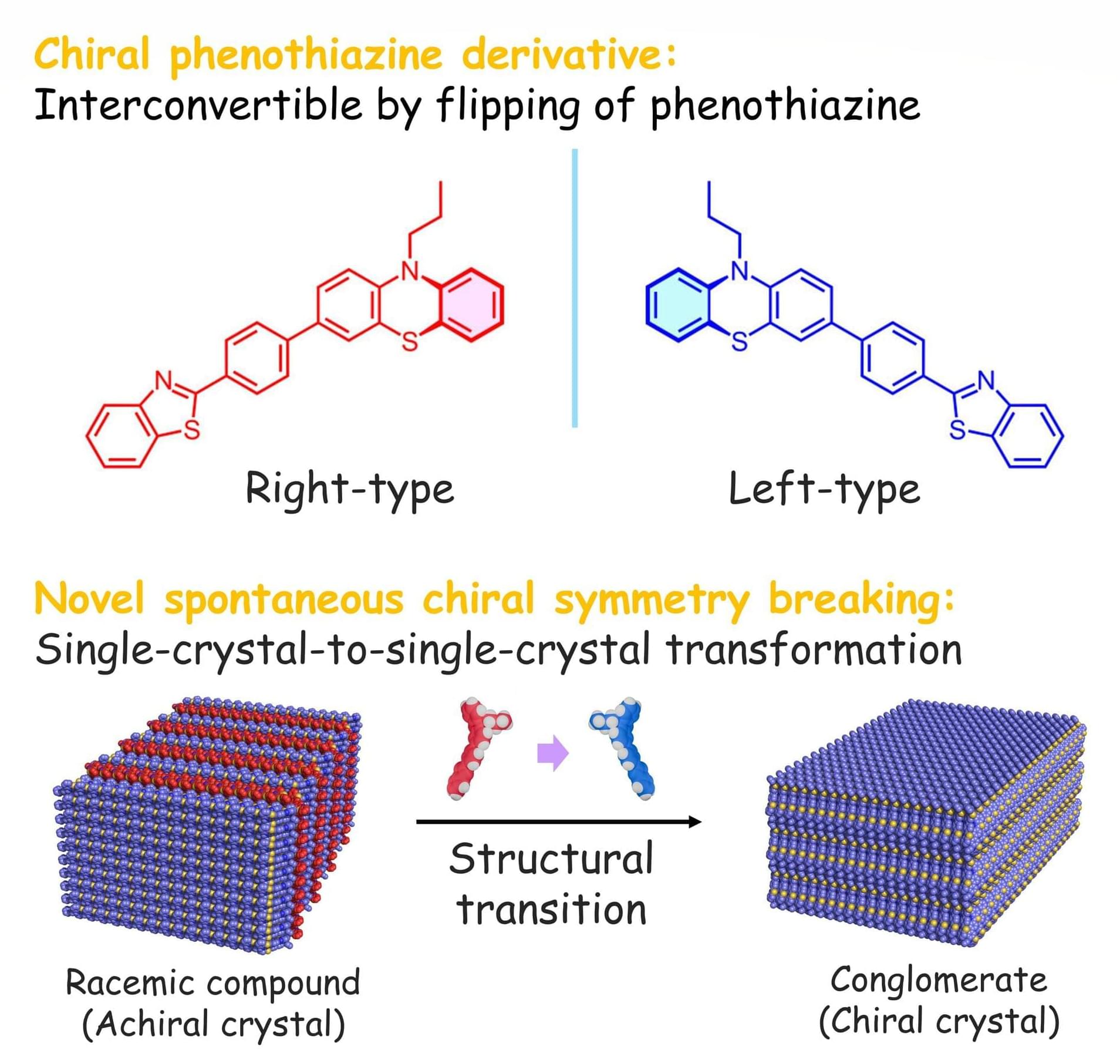
Researchers at The University of Osaka have discovered a new type of chiral symmetry breaking (CSB) in an organic crystalline compound.
This phenomenon, involving a solid-state structural transition from an achiral to a chiral crystal, represents a significant advance in our understanding of chirality and offers a simplified model to study the origin of homochirality. This transformation also activates circularly polarized luminescence, enabling new optical materials with tunable light properties.
The work has been published in Chemical Science.
Frozen tofu inspires US scientists to create reusable ‘jelly ice’ that never melts.
Interestingly, the jelly ice is 90% water and can be molded into different shapes.
“Compared to regular ice of the same shape and size, jelly ice has up to 80% of the cooling efficiency — the amount of heat the gel can absorb through phase change,” said Jiahan Zou, the study researcher.
“And we can reuse the material and maintain the heat absorbance across multiple freeze-thaw cycles, so that’s an advantage compared to regular ice,” added Zou.

Israeli and Palestinian engineers from the Hebrew University of Jerusalem develop novel metamaterials for the cost-effective injection molding of whole cuts of meat. Link to images: https://drive.google.com/drive/folders/1EIb0hFDVh67Lddqkmf4x…sp=sharing In a new publication in Nature Communications, Israeli and Palestinian engineers from The Hebrew University of Jerusalem pioneered the use of metamaterials to create whole cuts of meat.
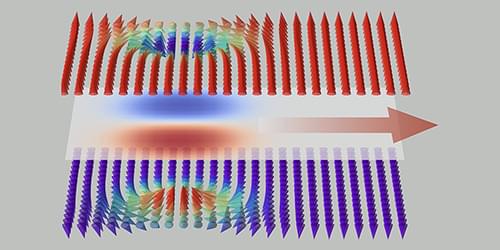
Pairs of skyrmions—tiny whirlpools that emerge in some magnetic materials—might be able to self-propel, a behavior reminiscent of that of active-matter systems such as motile bacteria.
In nature, the collective motion of birds and fish can generate impressive dynamics and unique structures, as seen in flocks of starlings and shoals of sardines. The science of active matter studies such complex behaviors across a wide range of scales and origins [1], and it has attracted growing interest over the past three decades. Active matter encompasses not only living things but also inanimate objects. Examples include active colloids [2] and active liquid crystals [3] that are able to self-propel—that is, move by themselves powered by internal energy sources. Now Clécio de Souza Silva and colleagues at the Federal University of Pernambuco in Brazil have suggested an intriguing addition to the active-matter catalog: coupled pairs of skyrmions, whirlpool-like spin arrangements that emerge in certain magnetic materials.